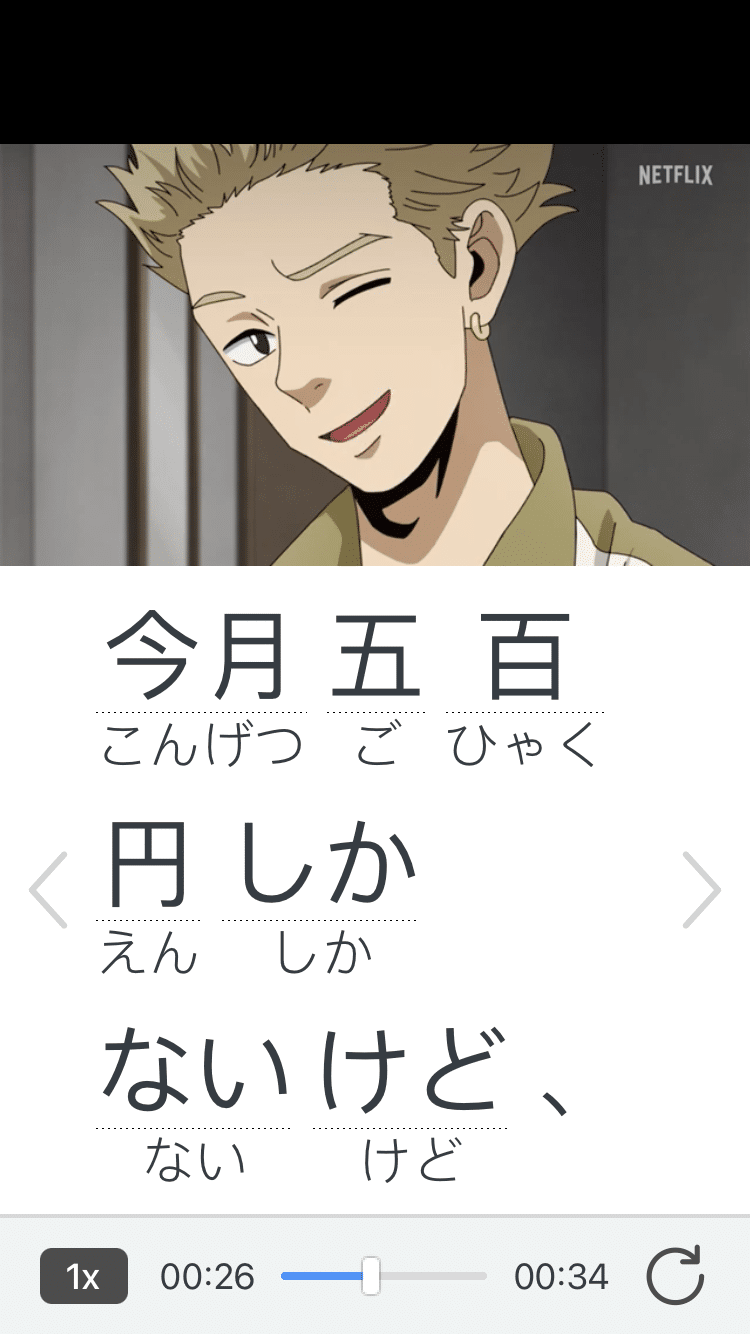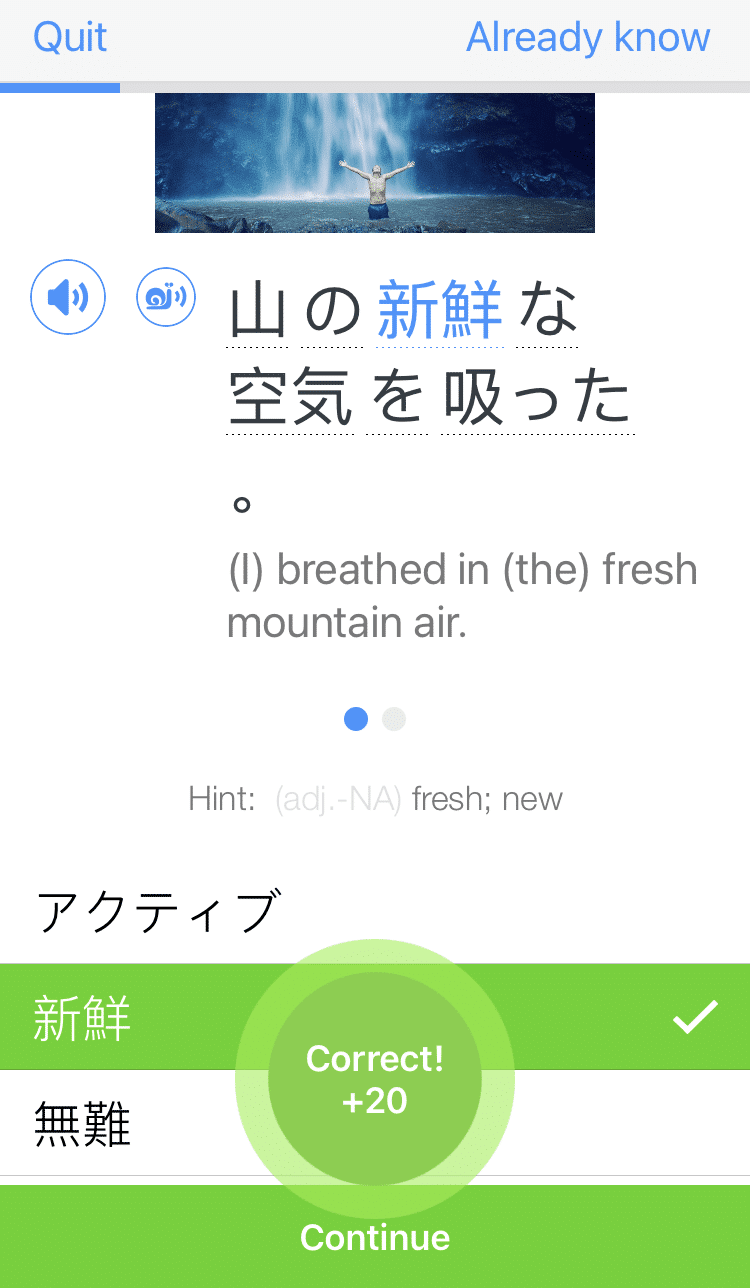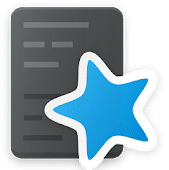How to Learn Japanese with Anki, Plus 3 Beginner Friendly Decks

Flashcards are a fantastic way to learn new vocabulary words, memorize complicated kanji and even remember grammar constructions. And if you make your flashcards digital, you get the added benefit of a Spaced Repetition System (or SRS).
Anki is possibly the most well-known SRS flashcard app in the language learning community, and for good reason—you can make your own decks, but there are also thousands of premade decks from other users.
Take a look at my guide to using Anki for learning Japanese, along with my three favorite Japanese Anki decks.
Download: This blog post is available as a convenient and portable PDF that you can take anywhere. Click here to get a copy. (Download)
Getting Started with Anki
Anki is one of the most well-known SRS programs available online. It’s an open-source, free tool that’s completely customizable to meet your language learning needs.
Another significant benefit is being able to take Anki on the go. If you have a long commute or a short break, you can spend that time learning a new kanji or phrase.
Here’s some more information on how to install Anki to your device:
- How to install Anki on PC or mobile: Anki is free and available online for both PC and Mac devices. All you have to do is download and install the program from the official website. Anki is also available on mobile. AnkiDroid on Android is free, while the iOS version AnkiMobile is $24.99.

- Using the browser-based alternative, AnkiWeb: AnkiWeb is a free browser-based alternative to the software you can use anywhere. The browser-based version will sync your cards across all machines logged into your account. Before getting started with AnkiWeb, you’ll need to install Anki on your computer.
Anki gives users the option to create a free account, which is highly recommended, especially if you plan to use it on multiple devices. This will allow you to sync your Anki cards across any platform.
To see our post on how to use Anki to learn any language, plus pros, cons and study tips, click here.
How To Choose the Right Anki Deck for Your Studies
So you’ve downloaded Anki. Great! But that’s only the beginning. You’ll need to download decks and customize the software to gain its full benefits.
Anki isn’t only for Japanese language learners. Many learners use Anki for their daily studies or to help them ace an important test.
On Anki, there’s a page devoted to Japanese-language decks. If you have a particular topic in mind, there’s a handy search bar in the top right corner. All of the decks have individual pages with samples of what kind of cards lie within.
When you’ve chosen your deck, click the big blue download button. Once the APKG file is downloaded, double-click it to open it in Anki on your computer.
Not all decks are created equal, and finding the perfect deck can appear daunting at first. Anki allows all users to upload decks into their community, but not all of them are of high quality. Luckily, all of the decks have ratings attached to them. Click the “Ratings” tab to filter them in ascending or descending order.
Before choosing a deck, make sure to also read the comments for any issues other users may have experienced.
The Best Japanese Anki Decks for Beginners
Unsure of which decks to start with? Try one of these highly-rated decks:
- Japanese Core 2000 Step 01 Listening Sentence Vocab + Images contains 2,000 core Japanese words to get you started.
- All in One Kanji Deck (Heisig’s RTK Order, 6th edition) is great for those using mnemonics to learn kanji.
- Japanese Visual Novel, Anime, Manga, LN Vocab – V2K contains 2,000 common words found in popular media.
Just as you’d choose interesting content to practice your reading skills, there are decks for all interests. Those who enjoy anime or video games may find decks themed around their favorite series. These specialized decks are sure to make your language learning more interesting!
Personalize Your Chosen Deck
Anki is a blank slate that you can make your own. If the font size or colors don’t fit your mood, you can edit the card using CSS and HTML. Use the “Edit” setting to revise images, add audio and more.
These customizations do require some experience with CSS/HTML, so there’s no harm in using the default settings.
1. Craft a Personalized Anki Deck
If you can’t find a deck suited to your goals, try creating your own. Decks can have as many (or as few) cards as you need with text, images or video.
To create a new deck from scratch, go to File > New in the Anki menu. From there, you’ll create and add new cards.
Anki allows you to create a new card in three easy steps:
- Choose “Add” from the main menu, then select the card type (like Basic—Optional Reversed Card).
- In the “Front” box, write your question while on the “Back” form, you’ll add the answer.
- Click “Add” at the bottom to add the card to your deck.
The “Add Reverse” form can be ignored, but this switches the card from “Answer” to “Question.”
There are additional advanced options, such as adding images and audio, but you don’t need to use these options if you just want plain and simple flashcards.
Proud of all your hard work? Submit your deck to the Anki community by first syncing your deck, then clicking “Share.” If you’d like to share your deck with only a few friends, you can share it through the app by clicking “Share” then typing in the email address of one or a number of friends.
2. Customize Anki to Suit Your Learning Goals
Anki’s base software can be modified to meet your needs. The default settings are fine on their own, but the software is fully customizable. Here are some of the options you have for a personalized experience:
- Change the default settings. Anki relies on spaced repetition, but the number of reviews, the order of cards and the number of new cards can be changed. If the default 20 new cards a day is too much, you can decrease it, then click “OK.” If you find your new settings aren’t satisfactory, there’s a “Restore Defaults” button that’ll switch them back.
- Adjust the recall amount for optimal learning. Active recall tests your ability to “recall” a card. If you know a card, confirm it in Anki. Be honest with your answer. If you can’t recall the answer within seconds, then tell Anki you need to review it again.
- Redesign your deck to match your workspace. Anki’s default appearance is light gray with black text. Decks and cards can both be customized with HTML/CSS.
3. Install Powerful Add-ons for Anki
Anki is a powerful tool by itself, but users have made the software more user-friendly with a variety of add-ons and browser extensions.
Add-ons are a great way to customize Anki to get the most out of language learning. To install them, open Tools > Addons > Get Addons > Paste the addon code > Install > restart Anki. Here are some of our favorites:
- Review Heatmap adds a heatmap graph to keep track of your Anki learning activity.
- AnkiStrategy turns the software into a turn-based strategy game. The more you study, the larger your city will expand across the fictional Anki world.
- AwesomeTTS is an open-source add-on that makes it easier to add text-to-speech to Anki cards.
You can also use browser extensions to improve your Anki experience. Here’s our top choice for that:
- Yomichan is a Firefox and Chrome extension that allows users to turn difficult words and phrases into Anki cards. It requires the AnkiConnect plugin to work, which enables the extension to communicate with Anki.
4. Avoid Common Pitfalls When Using Anki
Anki can help you quickly ramp up your language learning but it has a few downsides. Keep these pitfalls in mind when using the SRS tool:
- Beware of falling into endless reviews: Anki relies on spaced repetition to help you memorize words. When you first get started with the program, you may find yourself anxiously awaiting new reviews. It might not be long before you start to get tired and reviews become overwhelming. One week later, you might find that you have hundreds of reviews waiting for you. Anki only works if you stay on top of your reviews and use the program often. Which brings us to our next point…
- Don’t forget to actually use it, daily: Any language learner knows that to have to make studying a daily habit. Some suggest that it’s possible to learn any new language by only devoting one hour of your day to studying. To get the full benefits from Anki, add it in as part of your studying routine. Review Anki over breakfast or as a refresher before you start studying. After a few weeks, you’ll find that those words and phrases you once found difficult are much easier!
- Don’t lose your decks: If you find that Anki isn’t the best tool to add to your routine or you need a break, make sure to occasionally log in to your account. Anki routinely deletes accounts that have been inactive for six months (though they do send a reminder before wiping your account).
Why Learn Japanese with an SRS Program Like Anki?
暗記 (あんき) — Anki means “memorization” in Japanese and it’s one of the most popular SRS programs available. But what exactly is an SRS program?
Imagine you’re learning hiragana or katakana for the first time. There are some characters you remember really well, but others trip you up. SRS programs can help you learn faster by focusing on your problem areas.
The SRS program will show you the characters you don’t know more frequently, while the characters you do know are shown less often. The terms you know well may not show up until much later, when you’re more likely to forget them, to make sure they don’t slip out of your memory from lack of use.
How the Spaced Repetition System (SRS) Works
An SRS program makes learning more efficient. Instead of drilling through a list of terms you already know, SRS makes the process smarter.
During your studies, you may find a new flashcard. Through SRS, you’ll review it again later that day, then again the next day. This is where the “spacing” of the system works. Depending on how frequently (or infrequently) you choose the right answer, the software will learn when to show it again.
If you manage to get it right every time, the SRS will show you the new word, but less frequently. On the downside, if you keep getting it wrong, you’ll keep seeing the word until you get it right.
While SRS can be done manually using flashcards, technology makes the learning process much easier.
From other flashcard apps to comprehensive learning programs, SRS is used by many since it’s such an effective way to learn. It’s the same system built into the media-based program FluentU, integrated into both the flashcards and quizzes to reinforce new Japanese vocabulary.
FluentU takes authentic videos—like music videos, movie trailers, news and inspiring talks—and turns them into personalized language learning lessons.
You can try FluentU for free for 2 weeks. Check out the website or download the iOS app or Android app.
P.S. Click here to take advantage of our current sale! (Expires at the end of this month.)

While learning Japanese with Anki has many benefits, it’s essentially a tool to aid your studies. Every Anki user has a personal goal of what they want to learn, so everyone’s experience with the tool will vary.
It’s up to the learner to make Anki work for them and put in the hard work. So find your personal goal and work on reaching it!
Download: This blog post is available as a convenient and portable PDF that you can take anywhere. Click here to get a copy. (Download)
And One More Thing...
If you love learning Japanese with authentic materials, then I should also tell you more about FluentU.
FluentU naturally and gradually eases you into learning Japanese language and culture. You'll learn real Japanese as it's spoken in real life.
FluentU has a broad range of contemporary videos as you'll see below:

FluentU makes these native Japanese videos approachable through interactive transcripts. Tap on any word to look it up instantly.

All definitions have multiple examples, and they're written for Japanese learners like you. Tap to add words you'd like to review to a vocab list.

And FluentU has a learn mode which turns every video into a language learning lesson. You can always swipe left or right to see more examples.

The best part? FluentU keeps track of your vocabulary, and gives you extra practice with difficult words. It'll even remind you when it’s time to review what you’ve learned. You'll have a 100% personalized experience.
Start using the FluentU website on your computer or tablet or, better yet, download the FluentU app from the iTunes or Google Play store. Click here to take advantage of our current sale! (Expires at the end of this month.)








